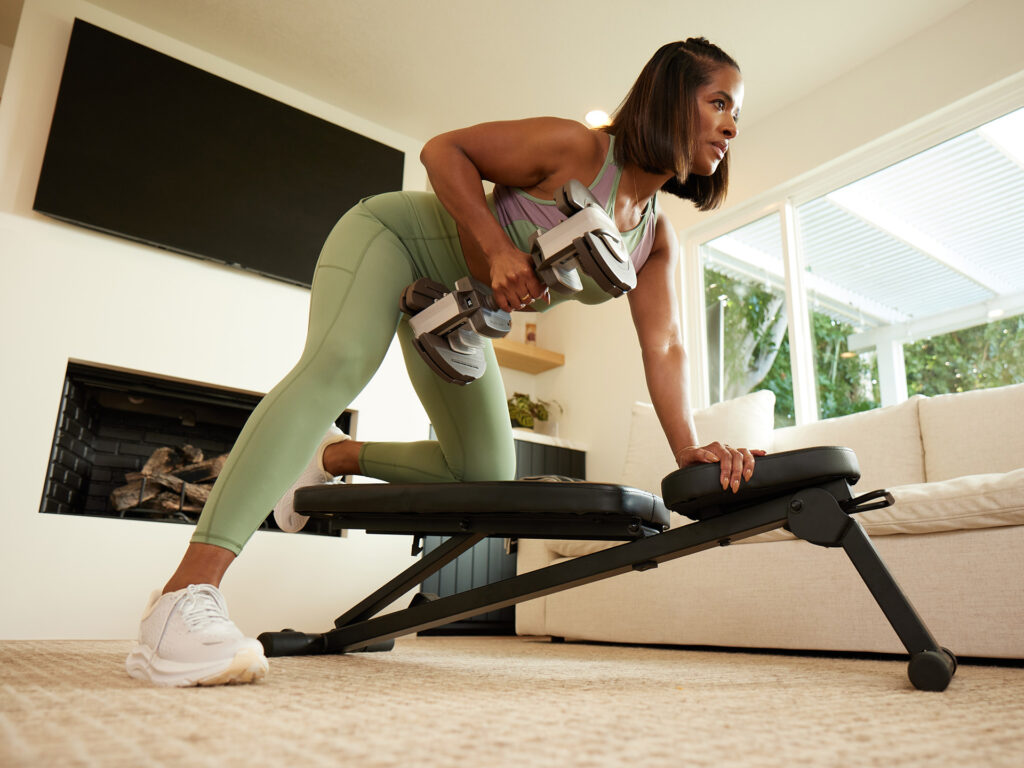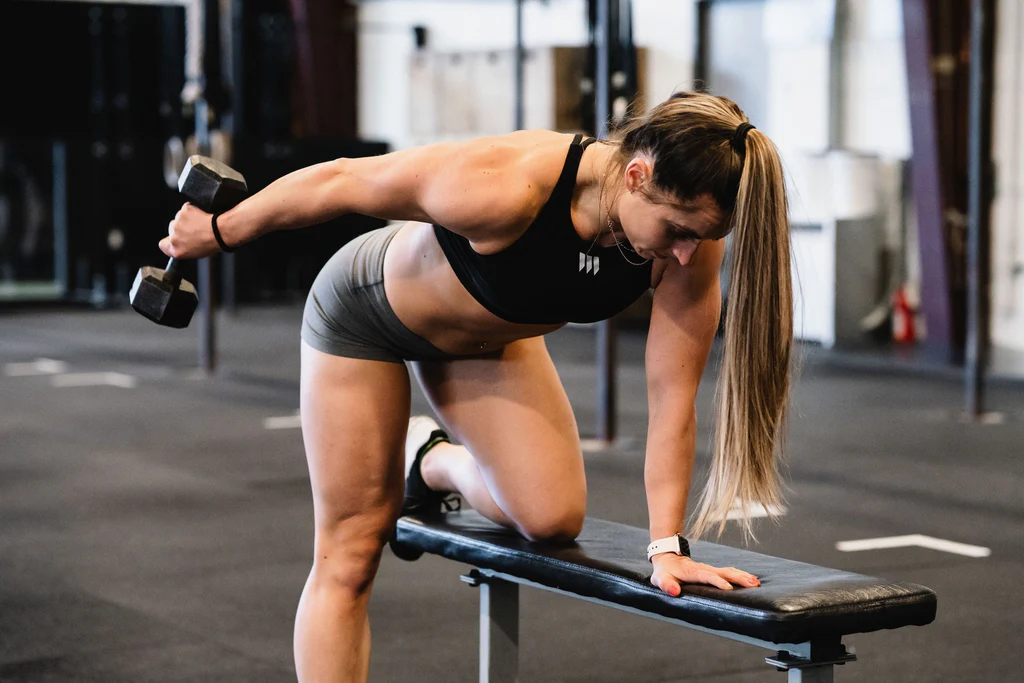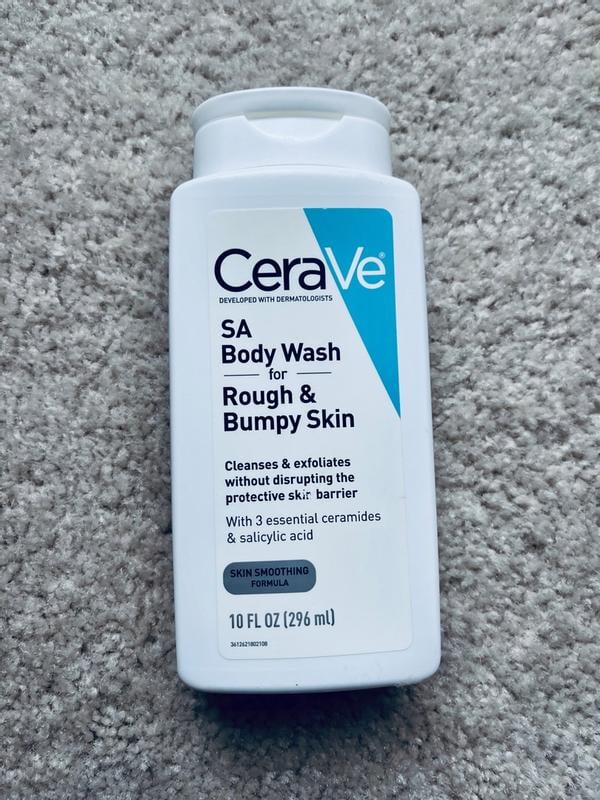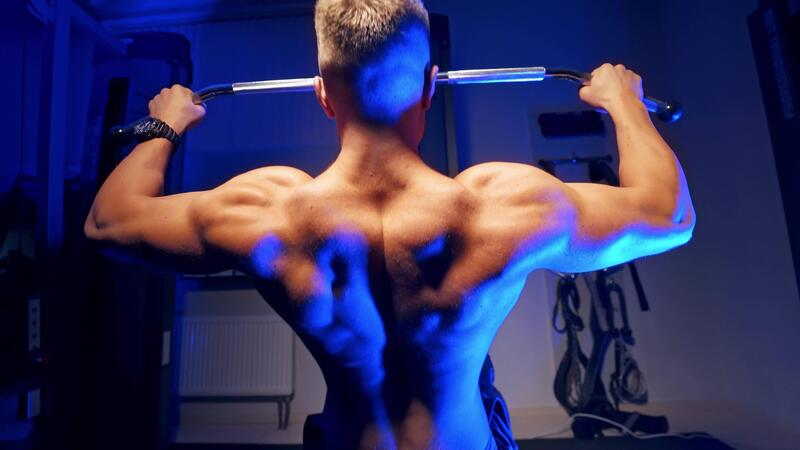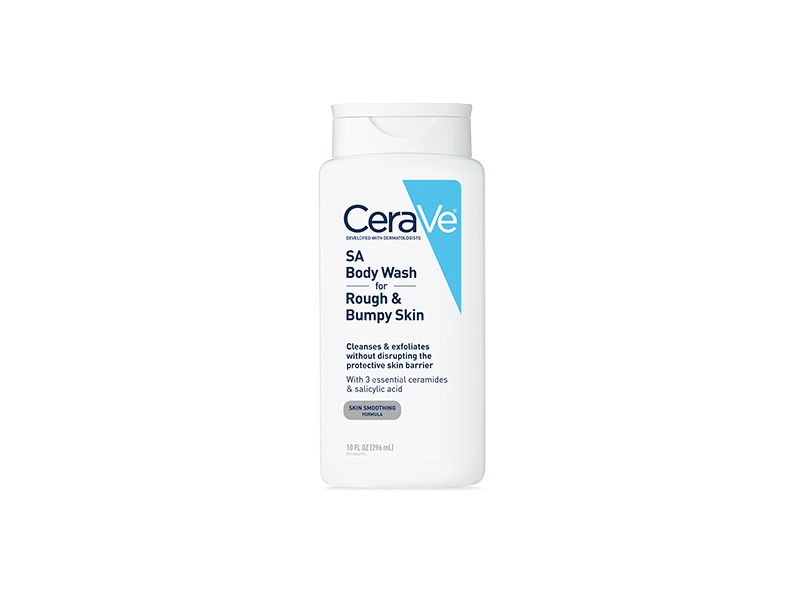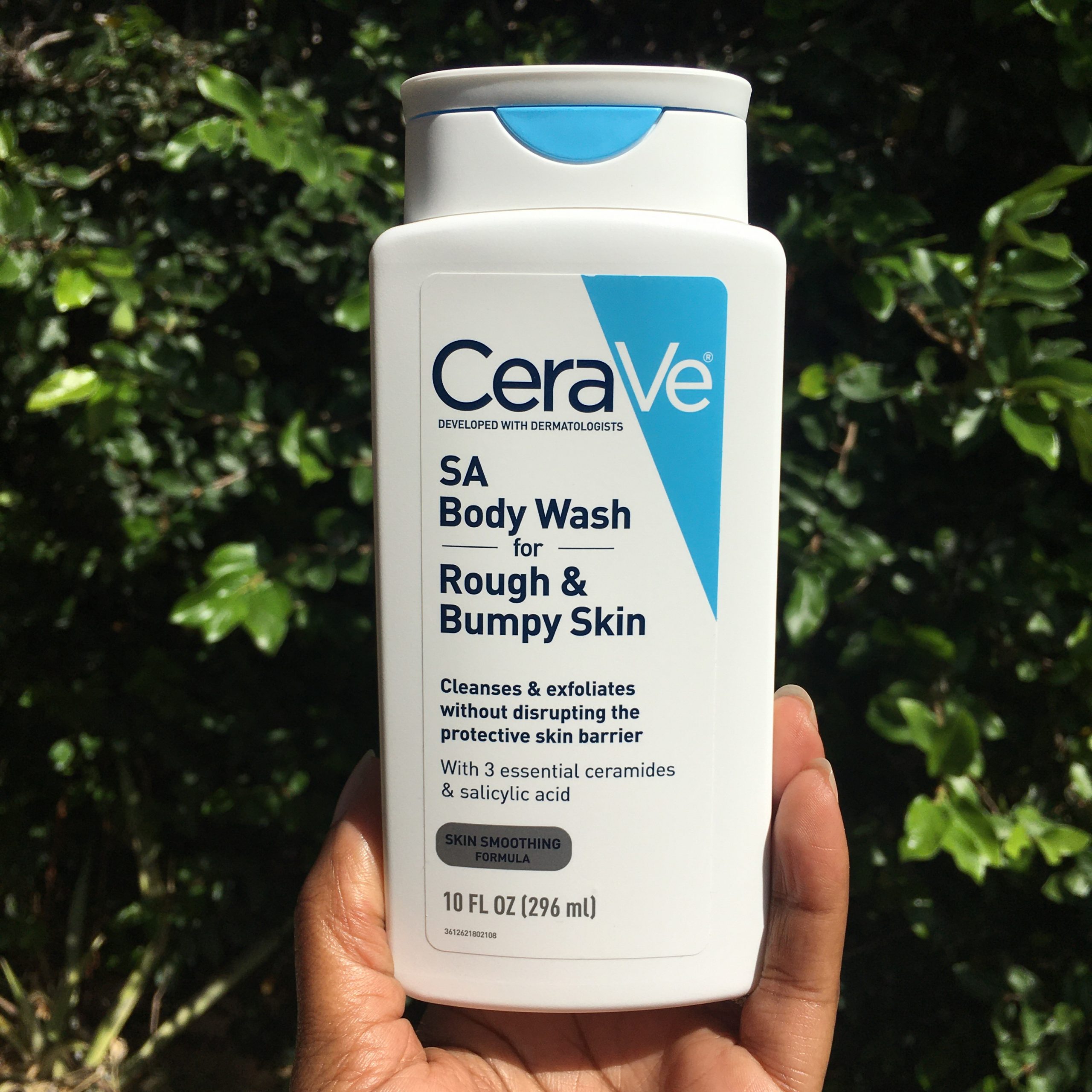Tricep Workout – If you’re looking to build impressive arms, don’t skip your triceps. Often overshadowed by the biceps, the triceps make up about two-thirds of your upper arm size.
If you want thick, strong-looking arms, training your triceps should be a top priority. This guide walks you through the best tricep exercises, proper form, a sample routine, and common mistakes to avoid so you can train smart and see real results.
Why Tricep Training Matters
Your triceps aren’t just for show—they play a major role in pushing strength, shoulder stability, and overall upper body performance. Whether you’re bench pressing, doing push-ups, or simply carrying groceries, strong triceps come into play.
Key Benefits of Tricep Workouts:
- More upper arm mass
- Improved pressing strength (bench press, overhead press, etc.)
- Enhanced muscle definition
- Better elbow joint support and mobility
- Understanding Tricep Anatomy
- Before jumping into the workout, it’s useful to understand what you’re training.
The Triceps Brachii has three heads:
Long Head: Runs along the back of the arm and contributes to overall size. It’s best trained with overhead movements.
Lateral Head: The outermost part that creates the iconic “horseshoe” shape.
Medial Head: The deepest and most active during all tricep exercises.
A well-rounded tricep workout should hit all three heads for full development.
Best Tricep Exercises
Below are the most effective exercises for building size, strength, and definition in your triceps. These can be done in the gym or at home with minimal equipment.
1. Close-Grip Bench Press
Targets: All three heads, with emphasis on the medial head
How to do it: Lie flat on a bench, hands just inside shoulder width, lower the bar to your chest, and press up.
Tip: Keep elbows close to your body to maximize tricep activation.
2. Overhead Tricep Extension (Dumbbell or Cable)
Targets: Long head
How to do it: Hold a dumbbell with both hands, extend arms overhead, bend at the elbows, and lower behind your head before pressing back up.
Tip: Keep your upper arms still and close to your head throughout.
3. Tricep Pushdown (Cable or Resistance Band)
Targets: Lateral and medial heads
How to do it: Grip a rope or straight bar, push down until your arms are fully extended, then return to the starting position.
Tip: Avoid swinging—control the movement and squeeze at the bottom.
4. Dips (Parallel Bars or Bench)
Targets: All tricep heads
How to do it: Use parallel bars or place your hands behind you on a bench, lower your body by bending your elbows, then push back up.
Tip: Keep your body upright to emphasize the triceps over the chest.
5. Skull Crushers (EZ Bar or Dumbbells)
Targets: Long and lateral heads
How to do it: Lie on a bench, hold a bar or dumbbells above your head, bend at the elbows to lower toward your forehead, then extend.
Tip: Focus on elbow stability to avoid strain and maintain control.
6. Diamond Push-Ups
Targets: Medial and lateral heads
How to do it: Position your hands close together in a diamond shape under your chest, lower, and push back up.
Tip: Keep your elbows tucked and core engaged for best results.
Sample Tricep Workout Routine
This routine is designed to hit all three tricep heads with a mix of compound and isolation movements.
Exercise Sets Reps
Close-Grip Bench Press 4 6–10
Overhead Tricep Extension 3 10–12
Tricep Pushdowns 3 12–15
Skull Crushers 3 10–12
Dips 3 12–15
Rest time: 60–90 seconds between sets
Training frequency: 1–2 times per week
Home-Friendly Tricep Workout (No Gym Needed)
Exercise Sets Reps
Diamond Push-Ups 4 10–15
Tricep Dips (Bench) 3 12–15
Resistance Band Pushdowns 3 15–20
Overhead Band Extensions 3 12–15
Tip: Use a slow tempo and higher reps to increase intensity without heavy weights.
Tips for Better Tricep Growth
Progressive Overload: Gradually increase the weight or reps to challenge the muscles.
Full Range of Motion: Ensure your arms fully extend and flex for optimal muscle engagement.
Recovery Matters: Allow at least 48 hours between sessions for proper recovery.
Focus on Mind-Muscle Connection: Squeeze your triceps at the top of each movement.
Balance Your Training: Combine compound lifts and isolation moves for well-rounded development.
Common Tricep Training Mistakes
- Using Too Much Weight: Sacrificing form for weight often leads to poor results and increased injury risk.
- Neglecting Overhead Movements: The long head needs overhead exercises to grow properly.
- Poor Elbow Positioning: Flaring elbows can shift the load away from the triceps and increase joint stress.
- Only Doing Pushdowns: A complete tricep program includes pressing and overhead movements.
Final Thoughts
A strong set of triceps doesn’t just make your arms look better—they also support better performance in almost every upper-body movement.
Whether you’re a beginner or seasoned lifter, incorporating a variety of tricep workouts into your routine is essential for strength, stability, and symmetry.
Start with good form, stay consistent, and challenge yourself with progressive overload. The gains will follow.


